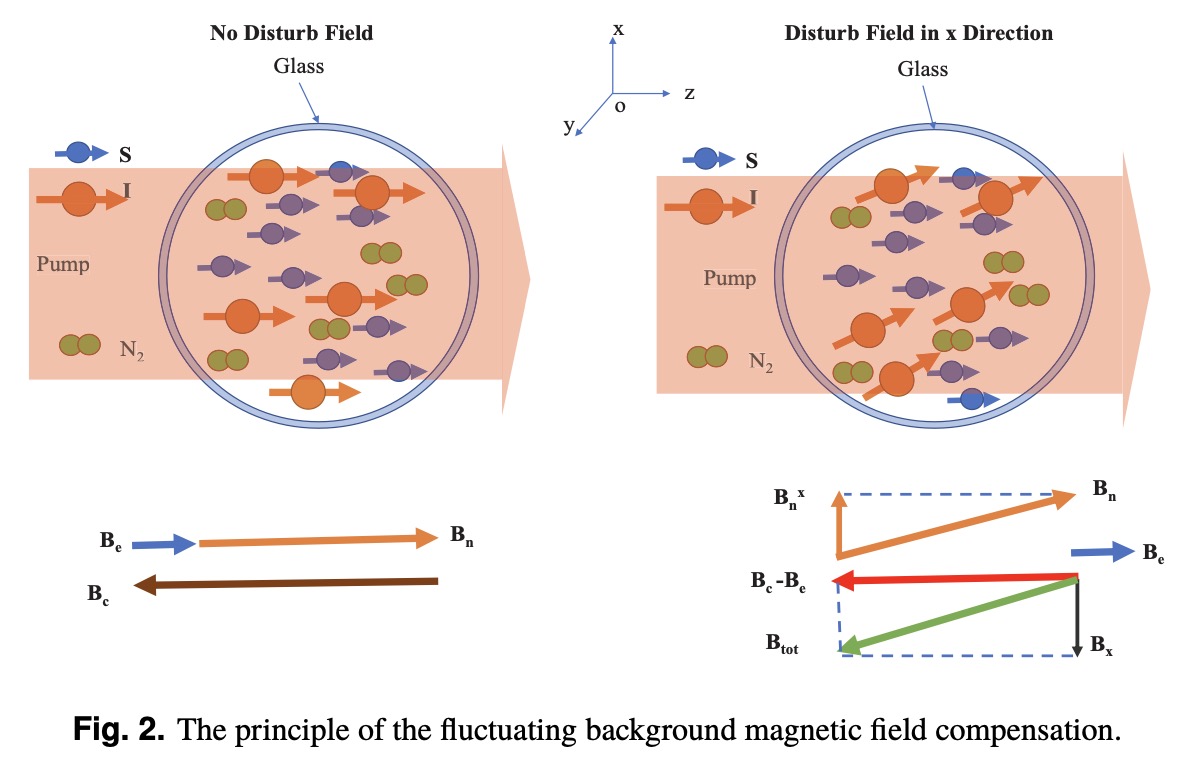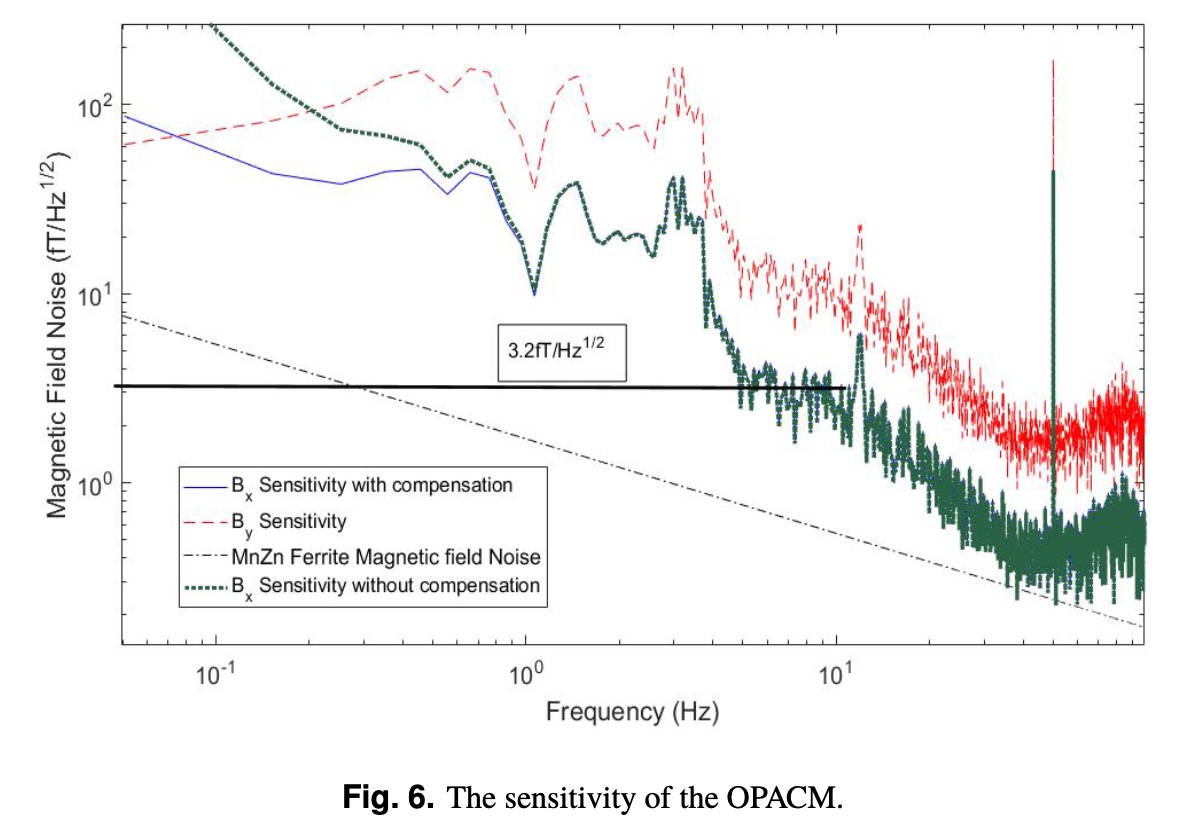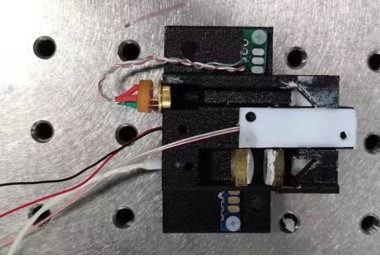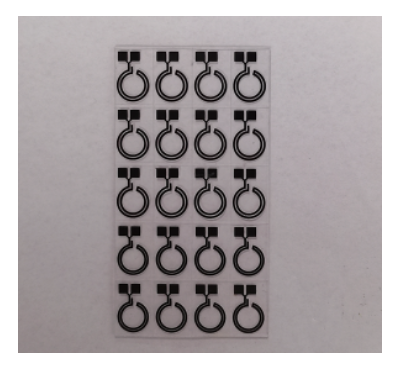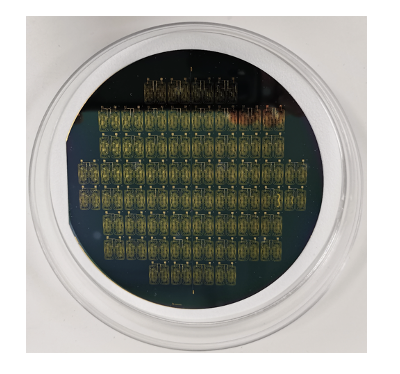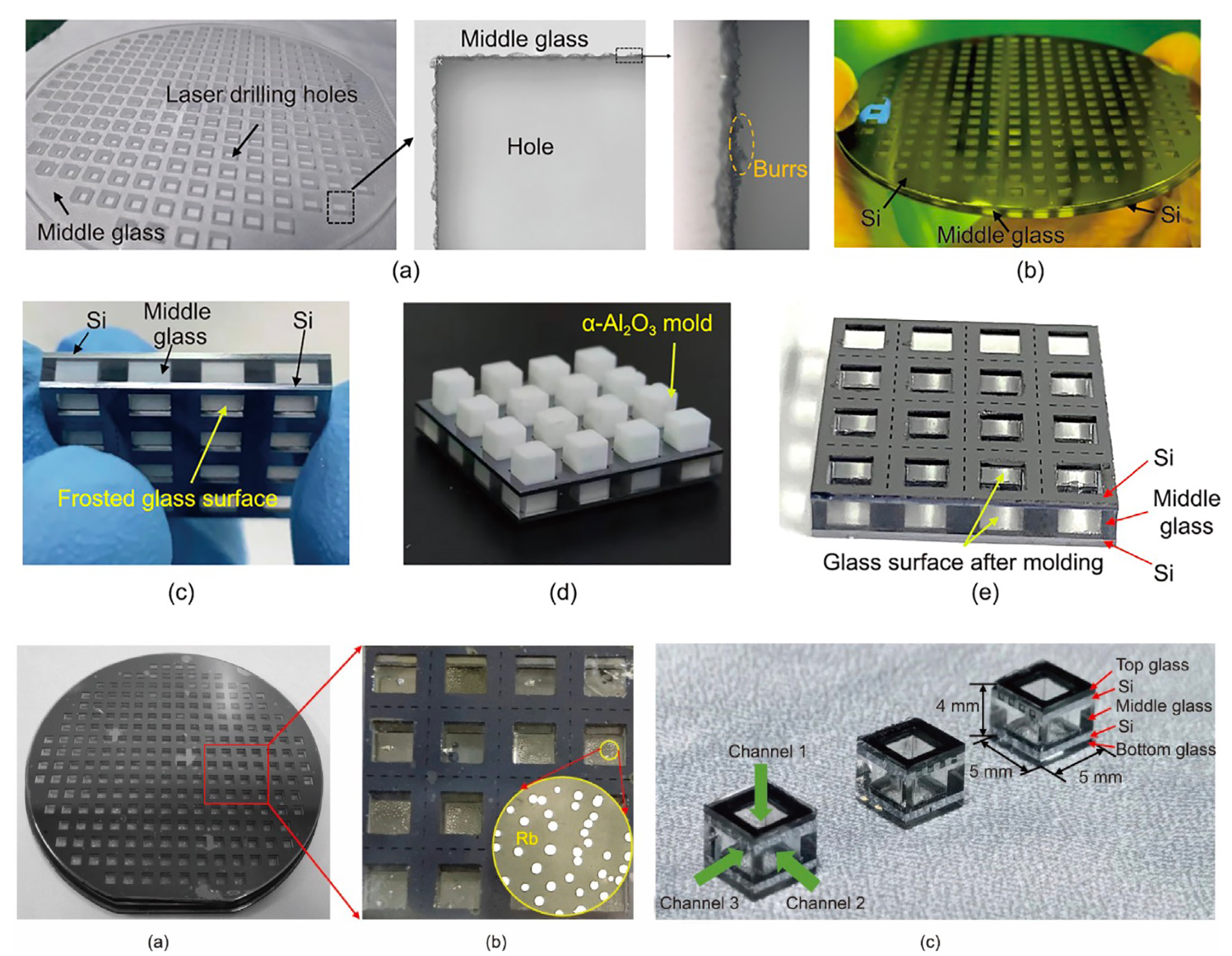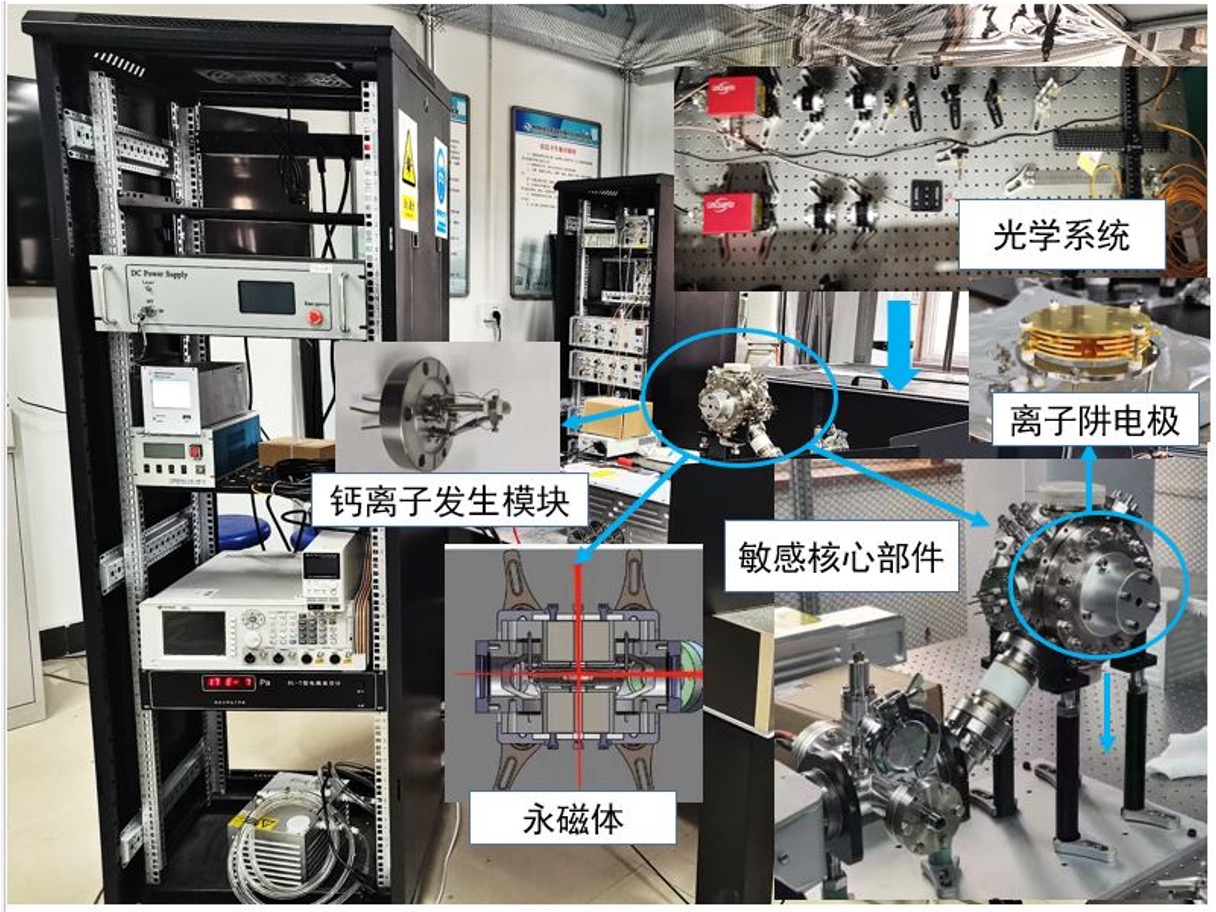应用于医疗的量子传感芯片:
量子传感器利用物质的极小单元:原子、分子、电子、光子等进行传感,这些极小单元对外界物理量如磁场、电场、角速度等及其敏感,因此,量子传感器具有超高灵敏度的特性。当前量子传感器的体积庞大,限制了量子传感器的应用,因此,将微光机电系统和量子传感技术结合,研制量子传感芯片,扩大量子传感器的应用范围。
芯片原子磁强计
原子磁强计利用原子自旋对磁场的敏感特性进行磁场测量,并且对磁场以的测量具有超高灵敏的特性,灵敏度可以达到fT量级,有望对大脑磁场进行成像,服务于阿尔兹海默症的早期诊断、抑郁、癫痫术前定位、脑机接口等。 将原子磁强计和芯片技术结合有望突破现有传感器的体积,提升脑磁等极弱磁的空间分辨率,降低传感器的成本。相比较脑电信号而言,脑磁信号可以穿透头皮而不发生信号畸变,因此可以对脑部深处的信号进行检测,对癫痫术前的致病部位进行定位等。本研究部分将聚焦于传感器核心敏感元件以及整个脑磁系统的搭建,研制新一代的脑磁影像设备(具有广阔的市场前景),本研究基于西安交通大学医工交叉产教融合平台,对本研究进行了很好的支持。
Chip-scale quantum sensors for medical and power grid system:
Quantum sensors utilize the smallest units of matter, such as atoms, molecules, electrons, and photons, for sensing. These minute units are highly sensitive to external physical quantities like magnetic fields, electric fields, angular velocity, etc. Therefore, quantum sensors exhibit extremely high sensitivity. The current limitation lies in the bulky size of quantum sensors, restricting their applications. To address this, a quantum sensing chip is developed by integrating optomechanical systems and quantum sensing technology, aiming to broaden the scope of quantum sensor applications.
Atomic magnetometer:
The atomic magnetometer measures magnetic fields by utilizing the sensitivity of atomic spins to magnetic fields. It demonstrates super high sensitivity, reaching the order of femtoteslas (fT), making it potentially applicable to imaging brain magnetic fields. This could serve in early diagnosis of Alzheimer's disease, preoperative localization for deppression and epilepsy, brain-machine interfaces, etc. Integrating atomic magnetometers with chip technology is expected to break through the size limitations of current sensors, enhance the spatial resolution of weak magnetic fields like brain magnetism, and reduce sensor costs. Unlike brain electrical signals, brain magnetic signals can penetrate the scalp without distortion, allowing for the detection of signals deep within the brain and preoperative localization of epileptic foci. This research focuses on the core sensitive components of sensors and the construction of the entire brain magnetic system, developing a new generation of brain magnetic imaging devices with broad market prospects. This study received significant support from the collaborative platform of medical engineering at Xi'an Jiaotong University.

